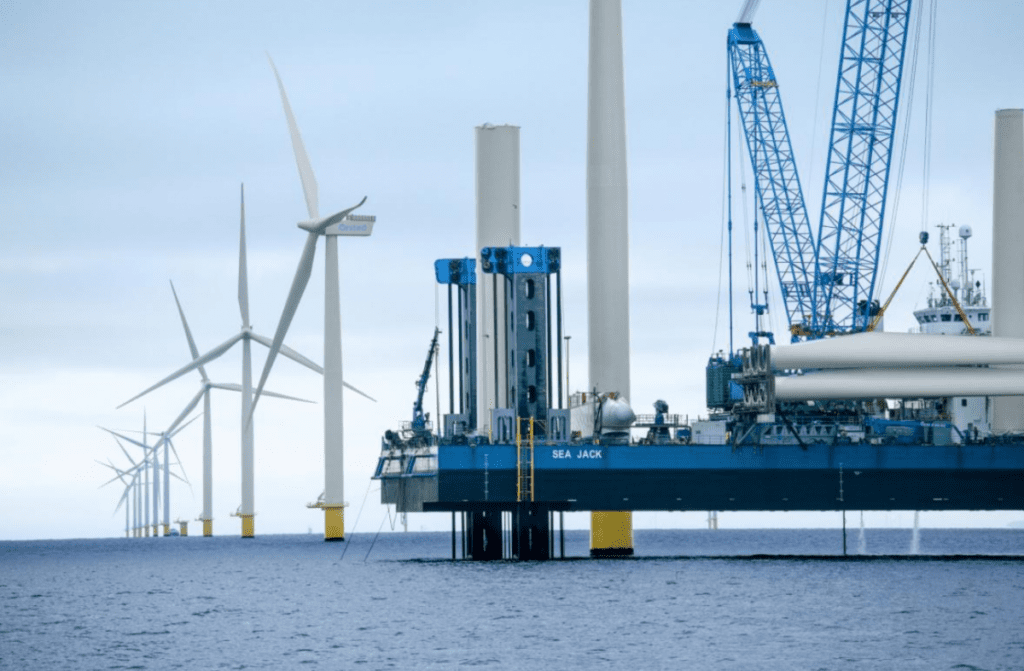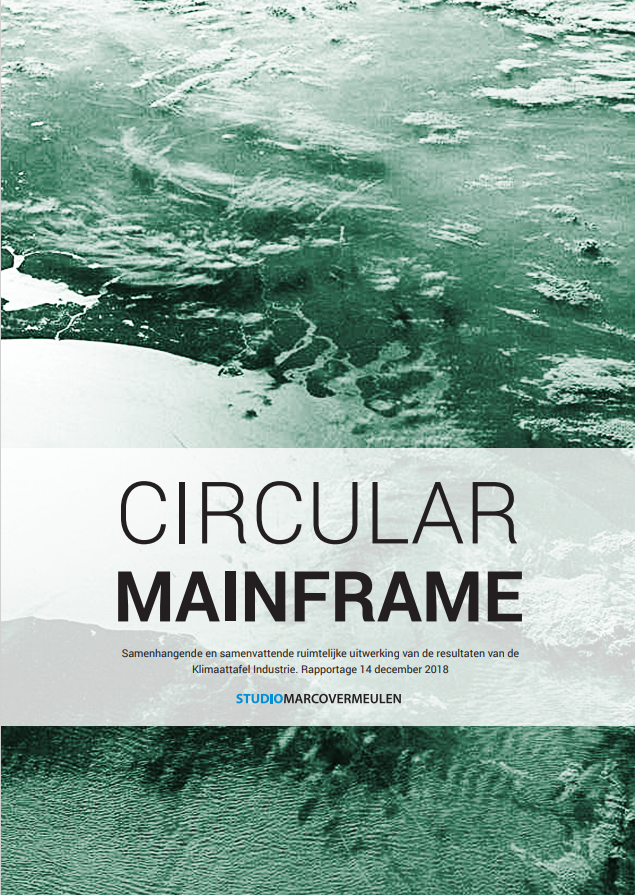Making insights actionable
Bigger can be better
At a territorial scale, such as at the scale of the Rhine-Scheldt or the Seine Valley, it is possible to address a wide range of building blocks and typologies of circular spaces (see below). Certain kinds of activities, such as metal recycling, are so specialised that they can only be found at a territorial scale which can mean that production can take advantage of economies of scale. This territorial symbiosis has been referred to as the ‘Circular Mainframe’, where resources and infrastructure transcend political boundaries, allowing for the efficient production, use and transformation of resources.
Good from far
Territorial symbiosis can be idealised as the right scale for the circular economy. But can also be impractical or unuseful for certain resources. A key aspect of symbiosis is the trust that is built between organisations. At a larger scale, especially when symbiosis passes regional or international boundaries, can erode trust. At a territorial scale, there may be more tendency for competition to emerge and destabilise partnerships, especially when there are competing ports. Finally, resources like heat and water may not realistically travel far or require expensive infrastructure to carry it.



